Nova IVF Fertility, Siliguri, West Bengal, helps patient with Recurrent Implantation Failure deliver a healthy baby using Advanced Fertility Treatment – ERA
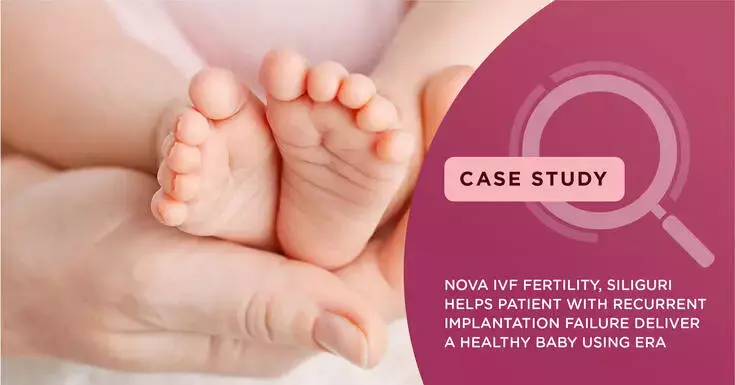
A doctor couple visited our Nova IVF Fertility, Siliguri, West Bengal with a history of primary infertility.
The couple had taken treatment at another IVF clinic with 3 previous failed attempts. These recurrent failures had dampened the hopes of a baby for the couple.
Blood tests and other evaluations found out that the lady had a poor ovarian reserve. The quantity of eggs in the ovaries was significantly less (Antral follicle count: 5; AMH: 1 ng/ml).
Understanding Primary Infertility
Couples that have never conceived and are unable to conceive naturally despite having unprotected sex for greater than a year are said to be suffering from Primary Infertility.
Couples facing primary infertility can successfully achieve pregnancy with the right guidance and correct use of assisted reproductive technology, and a well administered, well-monitored fertility treatment.
Impact of low AMH and poor ovarian reserve on the fertility of a woman
Low AMH is not a cause, but an indication of a decreased egg reserve. With fewer eggs developing in the ovaries, the chance of a mature and healthy egg being released and fertilized decreases. Additionally, impacted women also often have a greater risk of miscarriage when conceiving via IVF with their own eggs due to egg quality issues.
Very low anti-Mullerian hormone, usually defined as below 1.05 ng/mL, has been associated with extremely low pregnancy chances and many IVF clinics flat out deny treatment to women with such low levels.
However, in the case of this couple, with the experience of our Fertility Specialist Dr. Esha Sharma, and the advanced facilities available, despite the AMH being extremely low, we decided to take the case and subsequently go ahead with the treatment.
Treatment Plan Prescribed
Considering the extremely low ovarian reserve and previous IVF failures, the couple was advised to go for donor eggs. However, like many other similar patients, this couple also were keen to use their own eggs.
Due to the patient’s previous IVF failures, Dr. Esha suggested an Endometrial Receptive Array (ERA) for determining the receptiveness of the uterus.
Understanding ERA Test and its effectiveness
An ERA is a personalized genetic test that helps to determine whether the endometrium within the uterus is receptive to the embryo. Essentially, if the endometrium is not receptive or ready, the chance of survival of the embryo is minimal. A sample of endometrial tissue is taken, and molecular level analysis helps check endometrial readiness to accept the embryo.
Usually, day three embryos are transferred on the 3rd day of progesterone intake, and similarly, day five embryos (blastocysts) are transferred on the 5th day of progesterone intake.
With the help of the ERA test, it was observed that the patient’s endometrium was receptive, and her implantation window remained undisturbed. This obviously puts a high focus on the quality of the embryo to be transplanted for a successful outcome.
So, Dr. Esha and the fertility team started her oocyte stimulation. Once oocytes were formed and extracted, the IVF procedure was carried out in the lab. However, the embryos thus formed were of poor quality and not viable for implantation.
Poor embryo quality would impact the ability and outcomes of implantation and subsequent development into a healthy baby, despite having a receptive endometrium.
Further Treatment Plan
Upon the advice of Dr. Esha, the couple now agreed to use a donor egg. The patient’s endometrial preparation was done, and the donor oocyte stimulation was done to match the same with the patient’s cycle.
These donor oocytes were extracted, and carefully the embryologist proceeded with IVF using a donor egg and the sperm of the male patient.
Once the endometrium showed an appropriate thickness, the embryo transfer was done based on the transfer window that was personalized according to the patient’s ERA report.
What is egg donation, and when is it used?
In egg donation, egg(s) is (are) retrieved from the matched donors and fertilized with the husband sperm in the lab and embryo prepared. Embryos thus formed are of good quality, as the egg quality is good from the well-chosen healthy donor.
Nova IVF Fertility – Once again, helps a patient successfully conceive
In the case of this patient, the eggs were extracted from the donor, and the IVF treatment was carried out using the husband’s sperm.
The IVF resulted in very high quality (Blastocyst Grade 4AA) blastocytes being obtained for implantation in the woman’s uterus.
Post implantation, basis guidance of ERA, once the tests were done, her pregnancy test reports came out to be positive. The couple was overjoyed to have a successful implantation.
The couple’s antenatal period went smoothly without any complication. Finally, a healthy baby was born by cesarean section, and their joy knew no bounds as they held their baby in their arms.
Nova IVF lives up to be the expectation of being the best fertility clinic in Siliguri, India
Although the couple had faced failures and lost hope, with proper guidance and persistent efforts, our Siliguri Nova Fertility team could fulfil their dream of Parenthood.
Typically, ERA tests claim more than 70% pregnancy rate and are advised for women who have been diagnosed with repeated implantation failure.
Through the treatment, Dr. Esha kept her focus on both the quality of egg/embryo as well as endometrial readiness for implantation. Under the guidance of one of our best fertility specialists, Dr. Esha, this couple was able to conceive and deliver successfully.
As Dr. Esha Sharma says to all her patients – “Never lose HOPE, there is always a light at the end of the tunnel.”
 Infertility Counselling
Infertility Counselling Female Infertility Treatment
Female Infertility Treatment Andrology Treatment
Andrology Treatment Fertility Enhancing Surgeries - Female
Fertility Enhancing Surgeries - Female Fertility Enhancing Surgeries - Male
Fertility Enhancing Surgeries - Male Endoscopy Treatment
Endoscopy Treatment IUI Treatment
IUI Treatment IVF Treatment
IVF Treatment ICSI Treatment
ICSI Treatment Advanced IVF Solutions
Advanced IVF Solutions Embryology
Embryology Vitrification Egg, Embryo, Sperm Freezing
Vitrification Egg, Embryo, Sperm Freezing Preimplantation Genetic Testing (PGT)
Preimplantation Genetic Testing (PGT) Donation Program Embryo / Egg / Sperm
Donation Program Embryo / Egg / Sperm Self-cycleTM IVF
Self-cycleTM IVF

 Self-cycleTM IVF
Self-cycleTM IVF


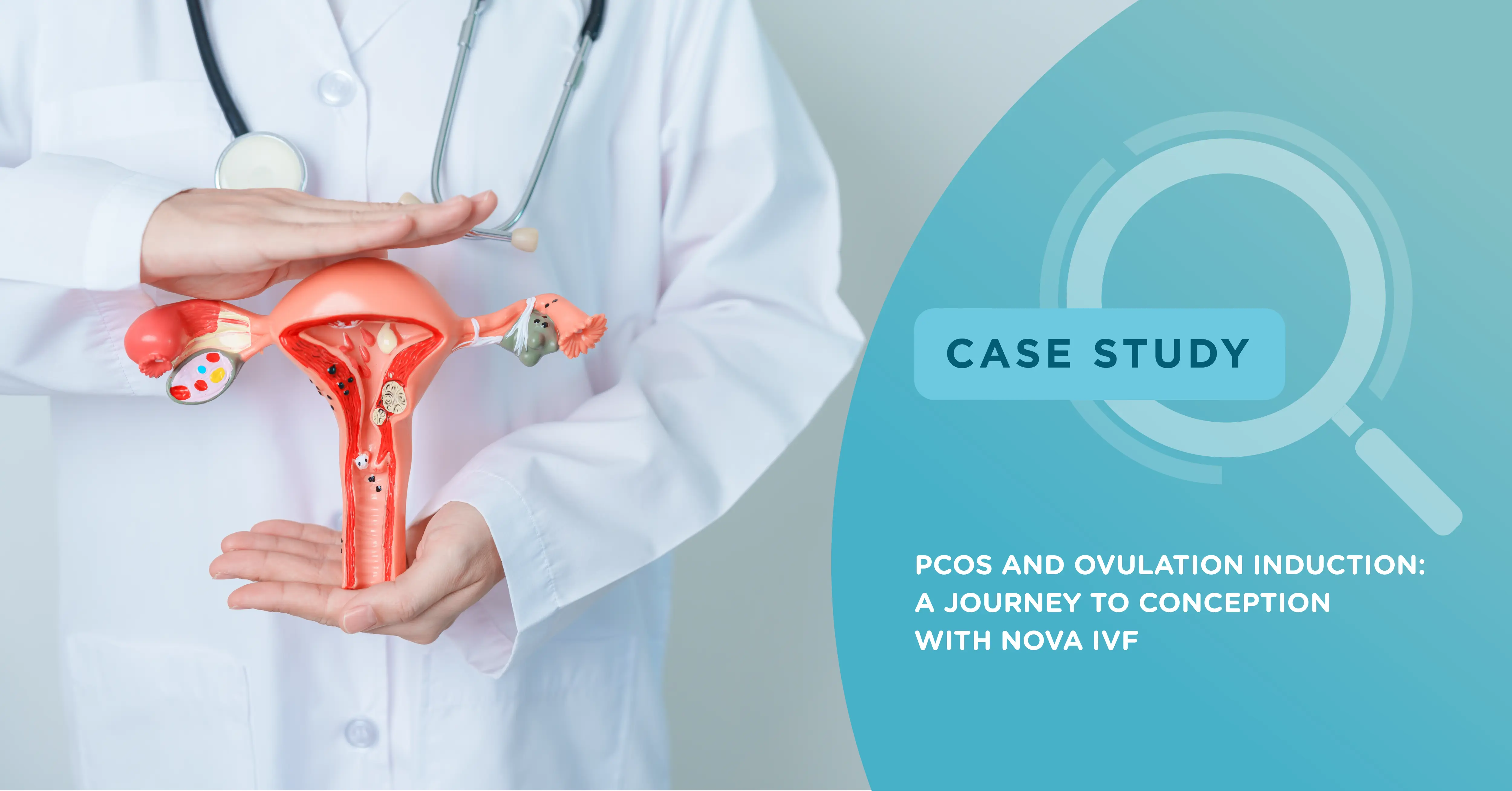
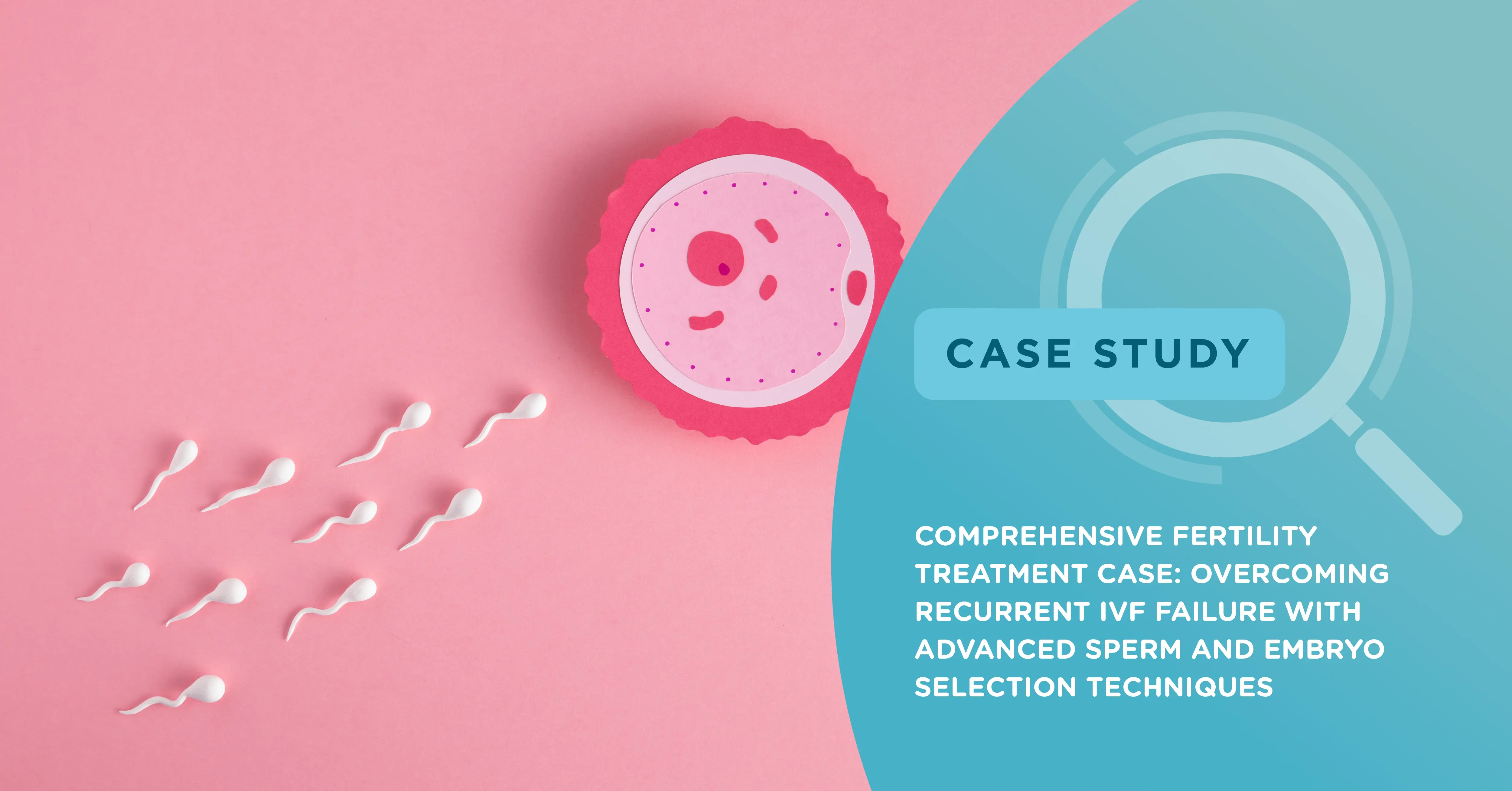
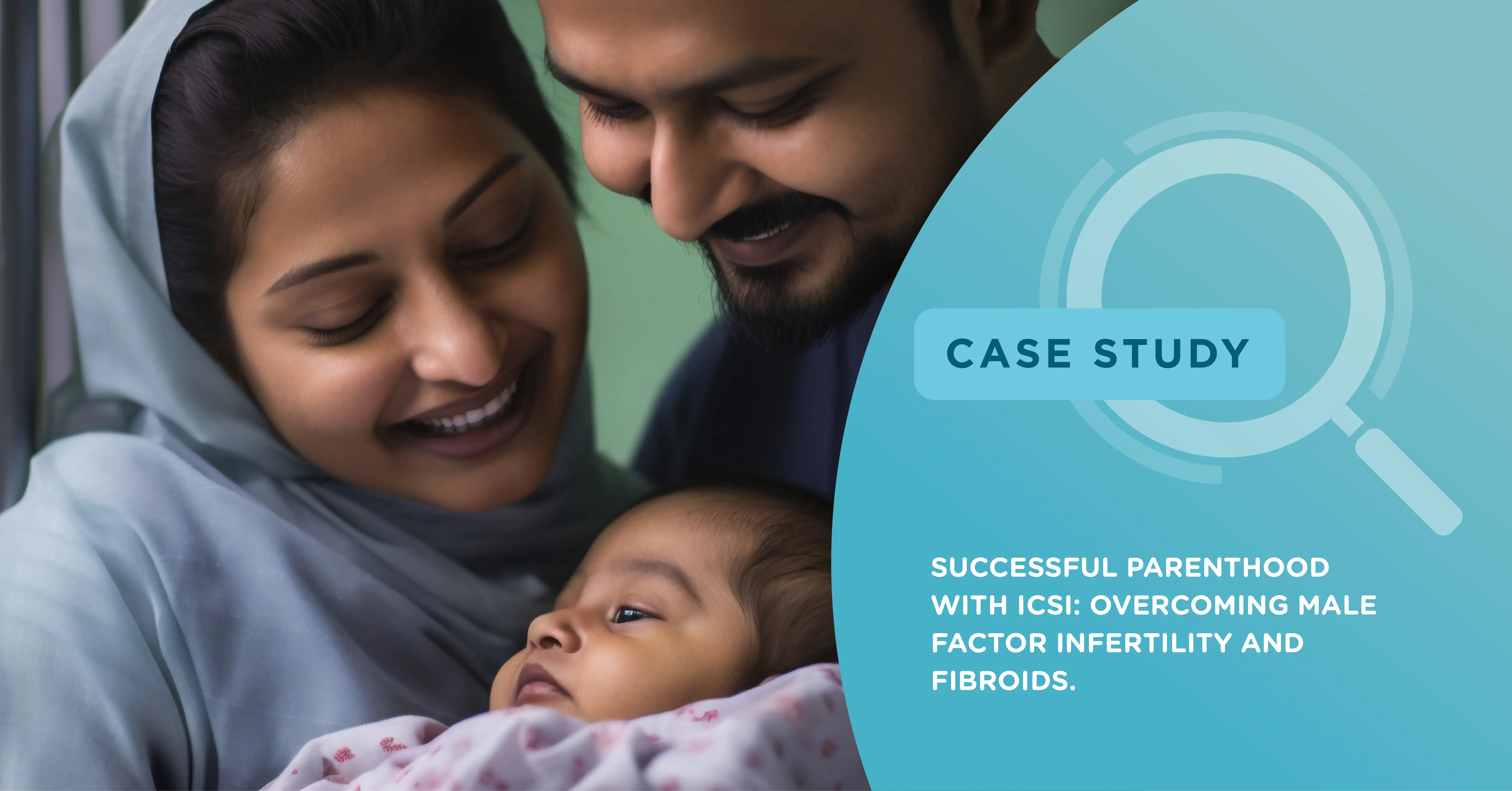
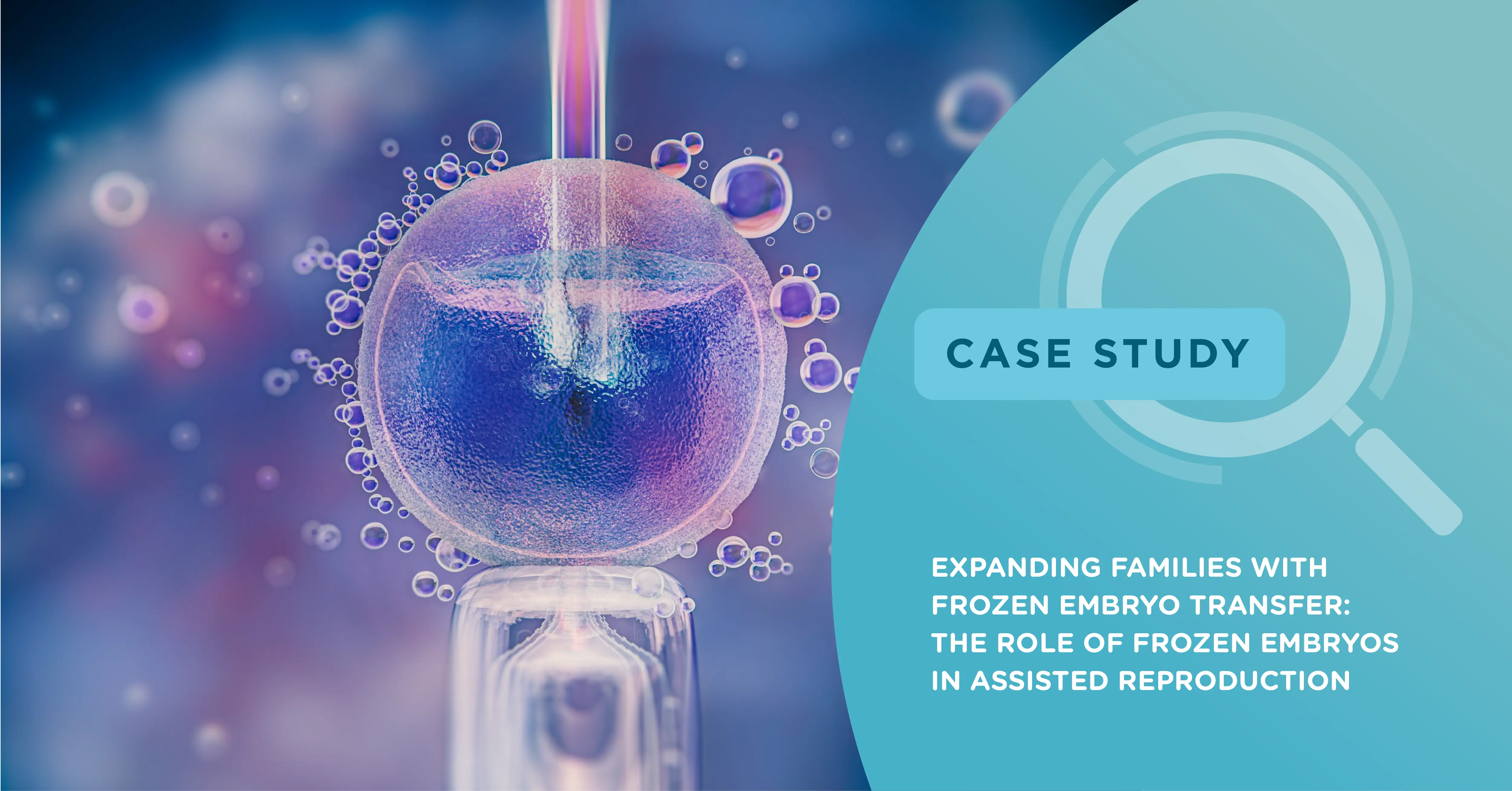

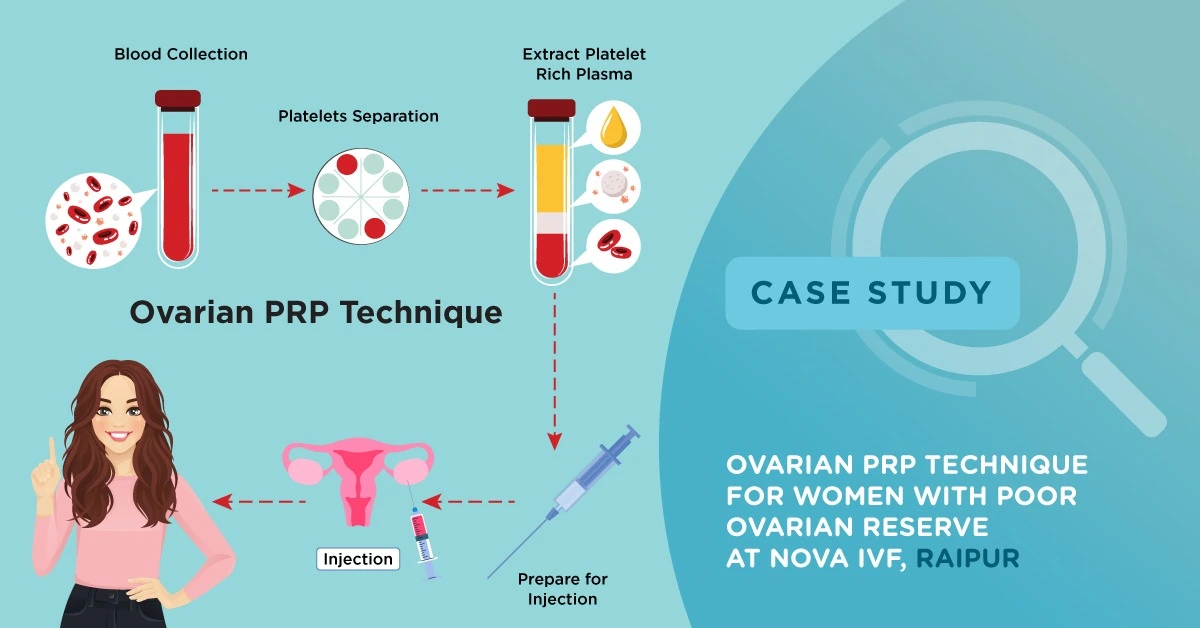
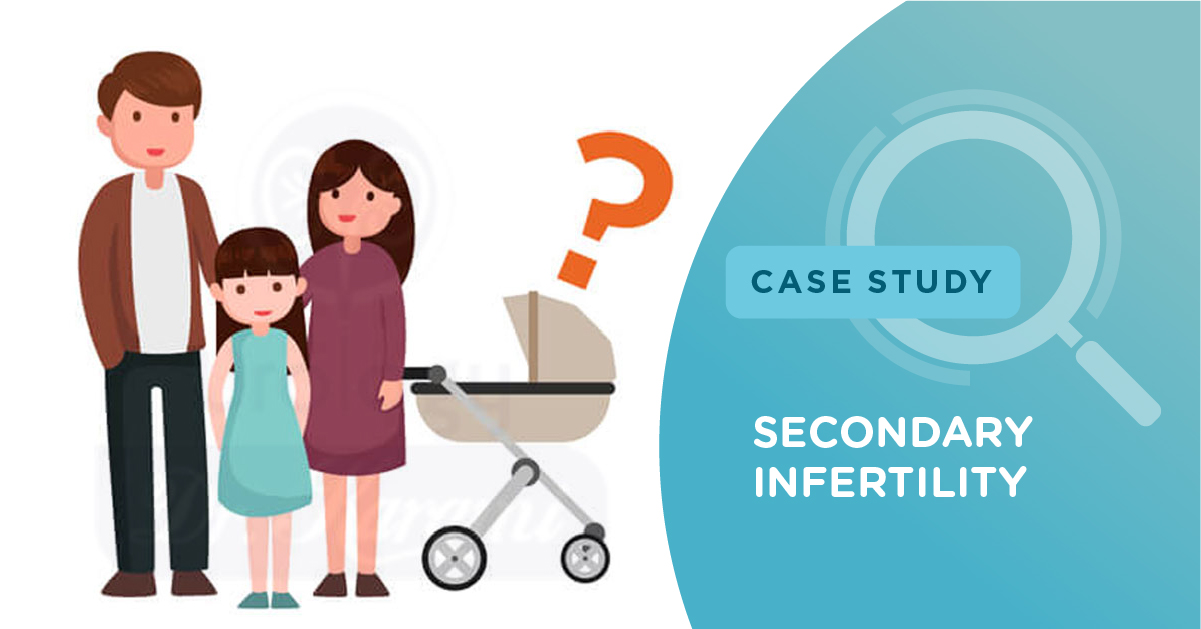
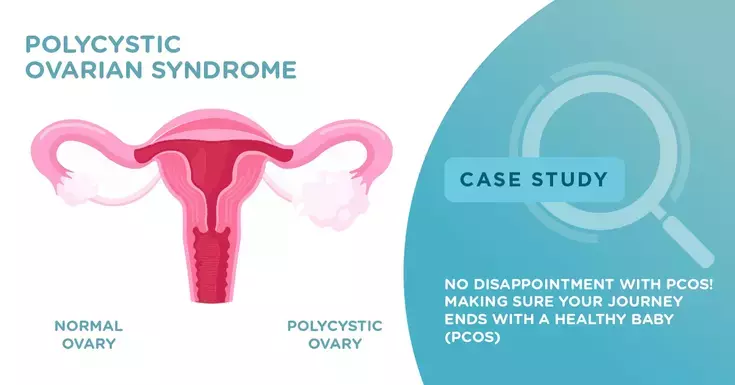






Add new comment